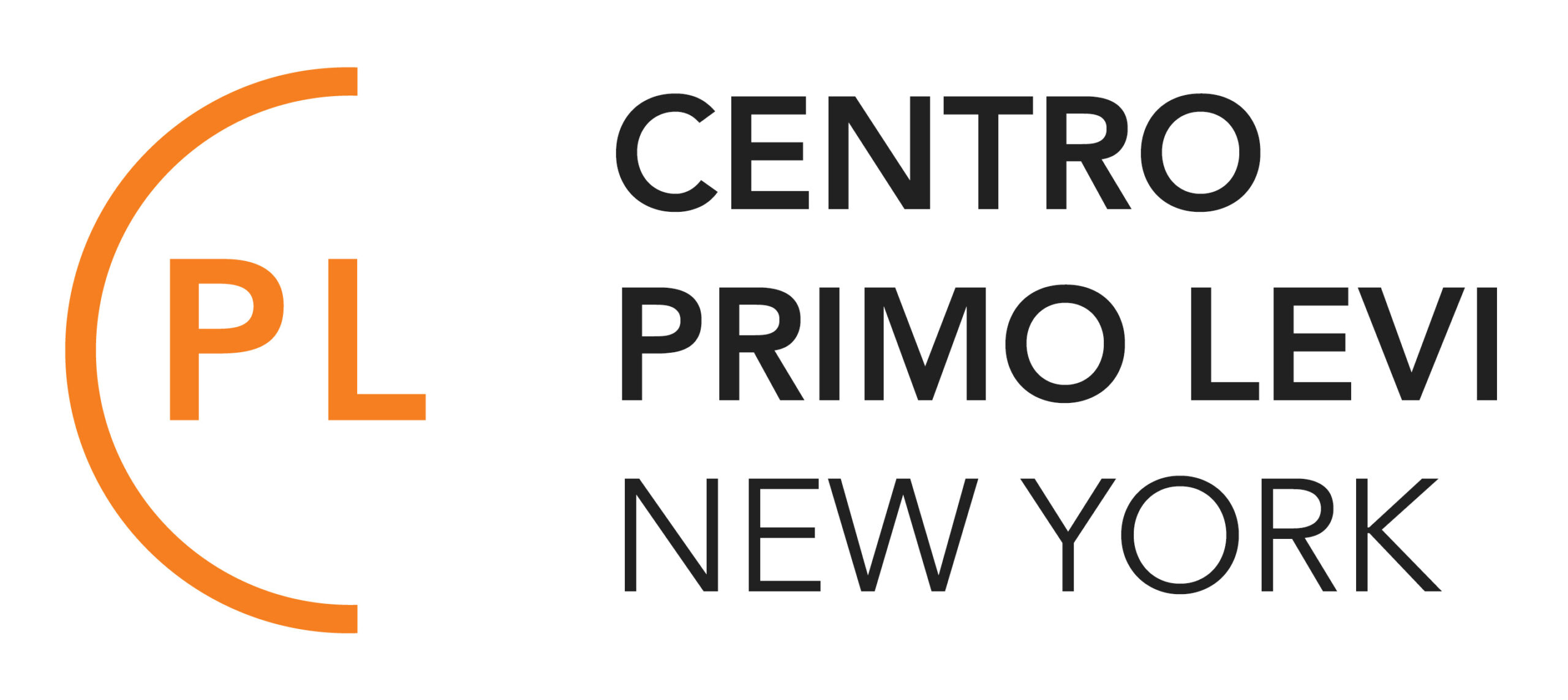When the American Press Flirted with Fascism
17Oct6:30 pm8:00 pmWhen the American Press Flirted with Fascism
Event Details
Ruth Ben Ghiat and Alexander Stille in conversation with Mauro Canali on his new research and book La scoperta dell’Italia on American correspondents in Fascist Italy. Respondent to be announced. Co-presented by Casa Italiana Zerilli
Event Details
Ruth Ben Ghiat and Alexander Stille in conversation with Mauro Canali on his new research and book La scoperta dell’Italia on American correspondents in Fascist Italy. Respondent to be announced. Co-presented by Casa Italiana Zerilli Marimò, NYU Department of History and Centro Primo Levi.
Prof. Canali will present in Italian with English interpreter.
Mauro Canali’s new research, published as La scoperta dell’Italia, examines the activity, impact, and perspectives of American correspondents in Italy from 1900 to 1945 and the beginnings of the modern tradition of international political journalism.
In the wake of the Great War, a small group of American journalists crossed the Atlantic and settled in Italy, upturning the established practice of North American news agencies to rely on resident English-speaking intellectuals as their sources for European news. These were the founders of modern journalism and the protagonists of what is now known as the golden age of foreign press. They experienced and chronicled the birth of a new era, saw century-old empires swept away and replaced by new nations and witnessed the formation of new European political ideologies: communism, fascism, and Nazism.
American correspondents were baffled by the rise of Mussolini’s movement and had little reference through which to analyze it. Some related it to Italy’s recent past, others proposed audacious and rather imaginative comparisons between the Duce and modern American leaders. Still, others tried to picture an Italian archetype based on a superficial understanding of Italian history and on stereotypes of Italians that came from American popular culture and Italian immigration. Echoes of the victorious Bolshevik revolution was also evident in their writing. The “red scare” and the fear of global upheaval influenced the initial positive reaction to Mussolini.
As Ida Tarbell wrote, it was the March on Rome that made Mussolini newsworthy. Before then, the American press did not dedicate much space to Italian politics. Interviews with Mussolini were not considered important enough for publication. The March on Rome, the first serious strike against Western democracy, was described to American readers in a positive light.
Seeing him as a shield against the Bolshevik danger, the young Ernest Hemingway was initially taken by Mussolini’s charm, while Francis Scott Fitzgerald understood immediately that fascism represented a fatal threat to liberal Europe.
If on the one end, early American reactions stemmed from the political atmosphere at home and a perplexing and hard to decipher new European context, on the other, Mussolini wielded increasingly tight control on American reporters and intellectual. He wanted to ensure that his government would make a positive impression on US readers. He wanted the loyalty of the Italian-American community, through which he could influence attitudes towards Italy in the federal government.
Canali’s research provides an in-depth recollection of the way in which Italian fascist propaganda operated in the international arena. It also brings these topics closer to our times, eliciting a reflection on the role and responsibility of the press in international affairs as well as in the way in which local and global cultures shape one another amidst insight, political pressure, and cultural myopia. While foreign press today operates quite differently from the first decades of the 20th century, some of the dilemmas and challenges of the years may still resonate with today’s foreign correspondents.
Time
October 17, 2018 6:30 pm - 8:00 pm(GMT+00:00)
Location
Casa Italiana Zerilli Marimò
Casa Italiana Zerilli Marimò 24 West 12th Street
